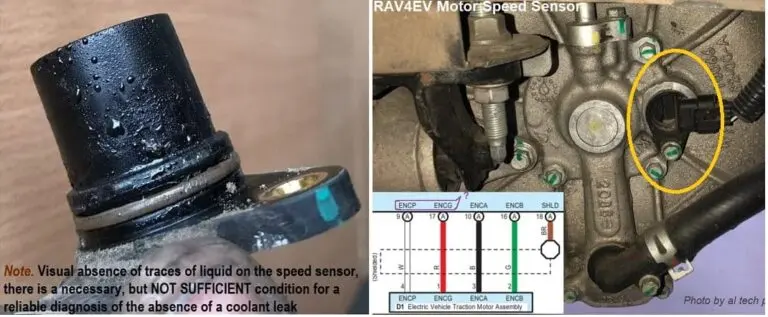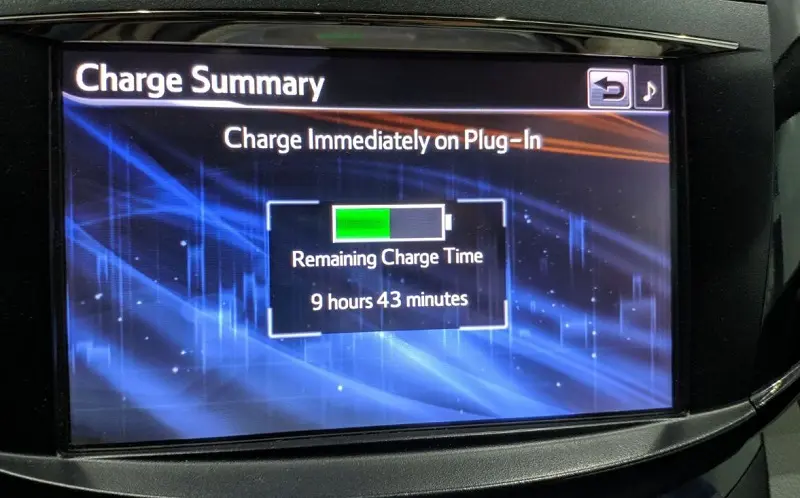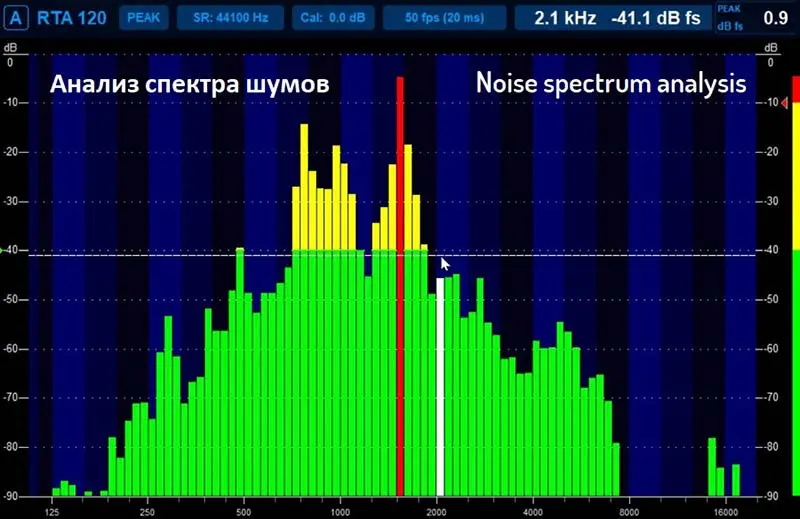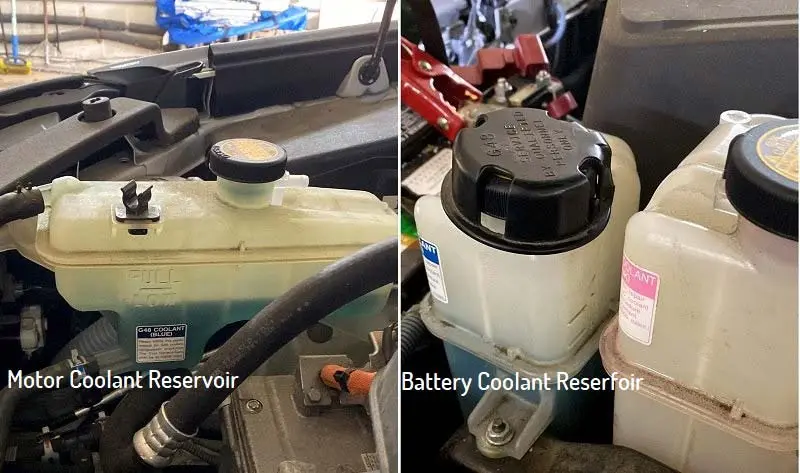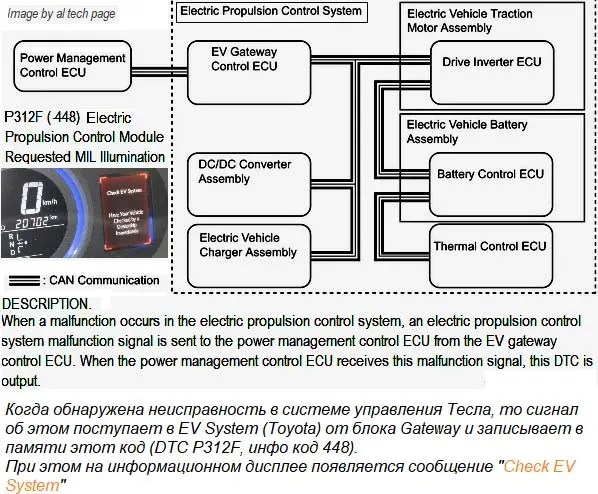Remote consultations and diagnostics of Toyota/Lexus/Scion
An example of a real vehicle diagnostic report.
1. Fault codes and State of Health (aka degradation) of HV Battery are read.
2. The collection of all data available to the diagnostic program and the corresponding active tests are carried out.
3. According to the results of pp. 1-2, all the information received is analyzed and the probable causes of malfunctions are determined, both described in the repair manual and identified in the course of successful repair of other vehicles of this model.
4. A report on the possible / probable causes of the malfunction is provided with the results of the work done. An example of a real vehicle diagnostic report.
5. If additional “instrumental” checks “on the spot” are necessary, their list and content are described, technical support for repairs is provided in the form of sending:
- electrical schematic diagrams of actual systems,
- descriptions of methods of their verification, if any, for authorized specialists, as well as those developed on the basis of the practice of previous repairs,
- descriptions of the location and technology of removal / installation of the relevant components,
- consultations on the results of elimination of similar faults in other such vehicles.
6. Without fail, a clone of the Gateway block is saved and analyzed, which controls and communicates with the entire Tesla system. What can be useful if you need to restore its software.
Remote diagnostics devices
The Remote Vehicle Interface Module (r-VIM) device is designed to provide access to the diagnostic connectors of the tested vehicle using programs that are installed on a remote computer. r-VIM device is to be accessed over the Internet by either using a local Wi-Fi network (a password needs to be entered or a QSS button pressed on a router) or a built-in 4G modem.
Supply voltage is brought to the “12V” connector on the front panel of the device either from the AC / DC adapter or from the Power Bank through a DC / DC converter or from the car cigarette lighter.
To diagnose OBD-II / EOBD / JOBD systems, the device is connected to the vehicle through the diagnostic connector, known as the OBD-II connector using the Mongoose MFC Drewtech cable (Fig.1) or Tactrix OpenPort 2.0 cable, which should be connected to the USB input of the r-VIM device.

To diagnose and collect data from electronic systems of electric vehicles (Toyota RAV4EV Tesla Electric Propulsion Control System for example) a standard network cable with LAN RJ45 (Fig.2) is used; one end of the cable is plugged in the connector on the rear panel of the r-VIM, the other end should be connected to the diagnostic connector i.e. DLC3 No. 2 (Fig.3) as Toyota calls it.

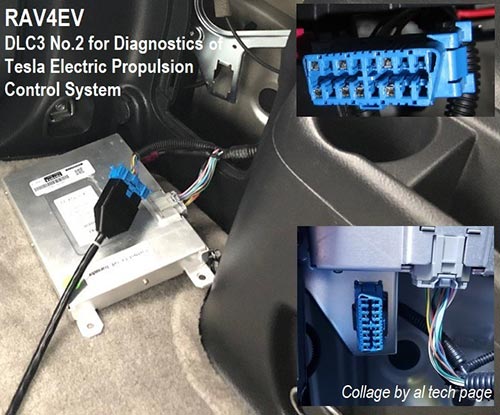
When cable and the Internet connections are successfully completed the device communicates with the base server and, after turning on the car ignition, corresponding diagnostic programs are launched on the remote computer. With their help all vital systems are checked and the log files of parameters are created. All the information is analyzed and appropriate recommendations for troubleshooting are developed. “Technical support/ advice” for subsequent repairs is provided.






